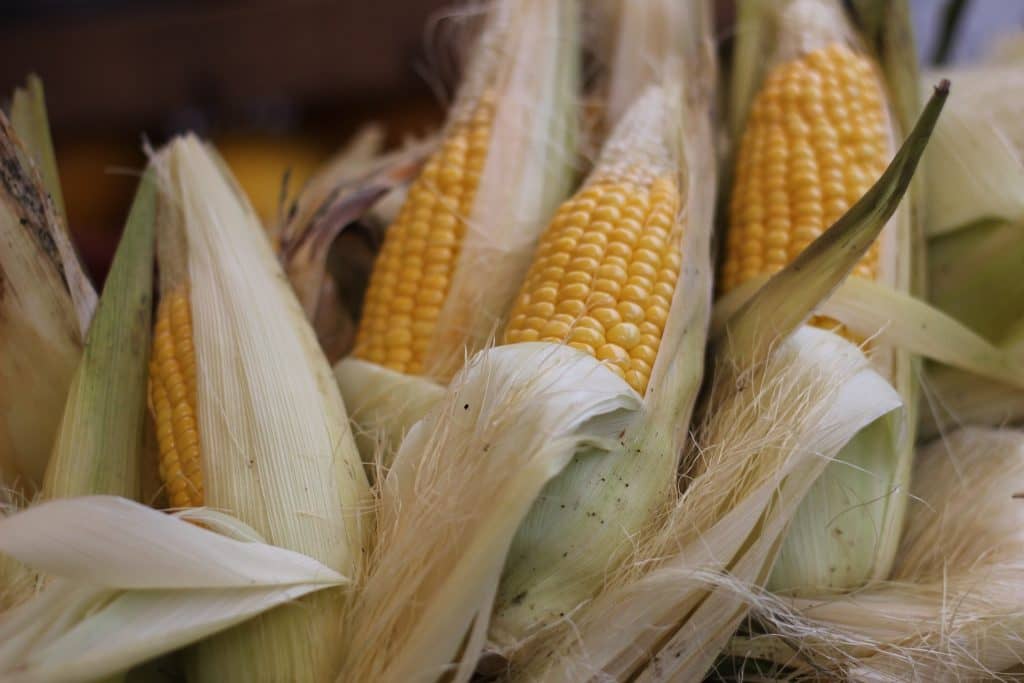While the US crop enters the definition phase, Brazil’s 22/23 crop begins to draw a planting profile. The big question for this summer crop is naturally the decision to be made by producers in times of high production costs. The comparisons are undoubtedly with soybeans, and in this case the lower disbursement and the viability of business in advance with the 2023 crop are defining factors for planting. For this reason, regional cuts in the area planted with corn are very clear regionally, not least because the Brazilian agribusiness media created certain expectations for growers that have not been confirmed at the harvest of this 2022 second crop.
Prices falling during the harvest of the 2022 second crop and high production costs for planting the 2022/23 summer crop. This mismatch between cost and price ends up contributing to more restrained decisions for summer planting, which already begins in August in Rio Grande do Sul. Thus, some indications are fundamental for this picture:
– Production costs will be updated by Safras & Mercado for corn this week. Even with some moderation in nitrogen-based fertilizer prices, fertilizers still weigh heavily on the composition of corn costs. This point limits the motivation for planting next summer and drives to soybeans, which have a lower planting cost compared to corn;
– Contracts for the new soybean crop still at compensatory prices in relation to the little existing corn for the summer. The absence of contracts in advance for corn for next summer in most growing regions does not stimulate growers to assume such high costs for 2023;
– La Nina remains present in the global climate and, according to NOAA, will remain until the end of 2022. The phenomenon would lose strength to a neutral climate from January onward. A favorable point would be concentrated on keeping the South Atlantic warm, which could keep the entry of moisture to the continent and neutralize more harmful effects of La Nina for the third consecutive season. The chance of a La Nina year with a full crop is made possible by this variable. However, the presence of La Nina is a point that can lead producers to reduce the corn area this summer, particularly in the South region;
– The more aggressive presence of pests in the crops of São Paulo, Minas Gerais and Goiás. Some agronomists and even seed companies are suggesting to producers not to plant summer corn in regions where there is a second crop. Owing to the strong incidence of pests in this 2022 second crop, producers seem to be really induced to look for the alternative of soybeans in the summer to avoid additional expenses with an already expensive corn crop this year;
Thus, the planting configuration for the 22/23 crop starts with an initial reduction of 4.3% in the area to be planted in the summer in the Center-South. The summer crop of Bahia must also be cut. However, the production potential is at 24 to 25 mln tons for the Center-South. This is because in 2022 there was a production failure in the South region. In case such losses do not exist in 2023, productivity will be back to normal. Safras & Mercado cannot project a crop with yield losses before they become reality, but using the normal average potential is the best way for this projection. So, even with an area cut, we can still have a healthy summer crop for domestic supply.
The 2023 second crop in the Center-South, North and Northeast regions must maintain the planted area in this initial projection because it is yet not clear whether growers will increase it again. There will hardly be cuts, but to maintain the acreage it will be necessary to reduce production costs for the next second crop, particularly fertilizer and chemical costs. Also in this initial projection, we must reveal that the projected productivity of 2023 returns to normal, since in 2022 we registered strong losses in Goiás, Mato Grosso, and Minas Gerais, which cannot be repeated for next year. As new climate issues arise, the projections will be updated.
The Brazilian production projection now points to a 1.2% decline in the planted area at national level, with a production potential of 123.5 mln tons.

